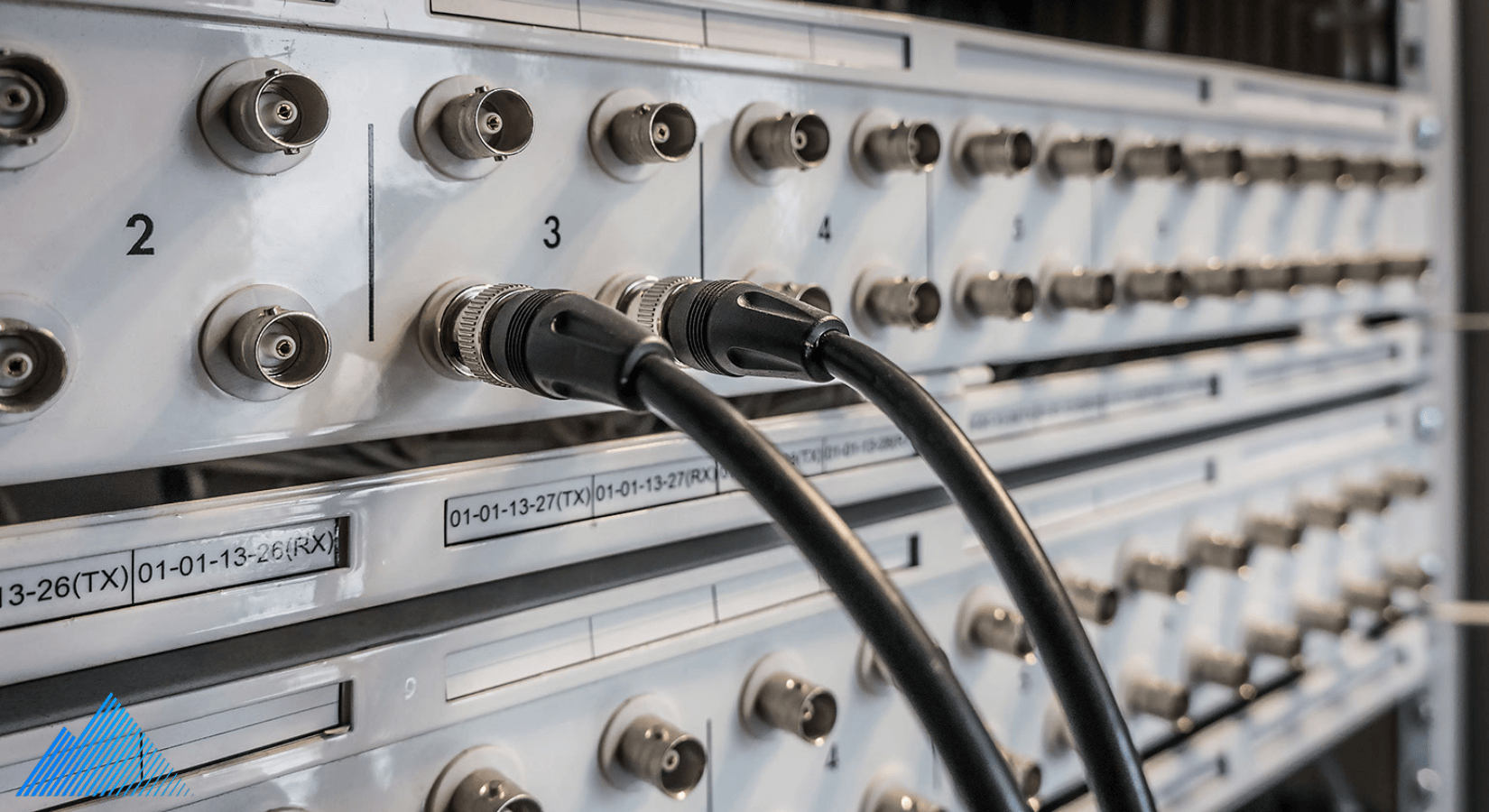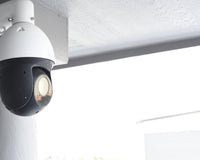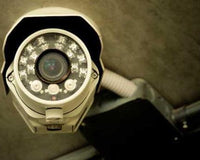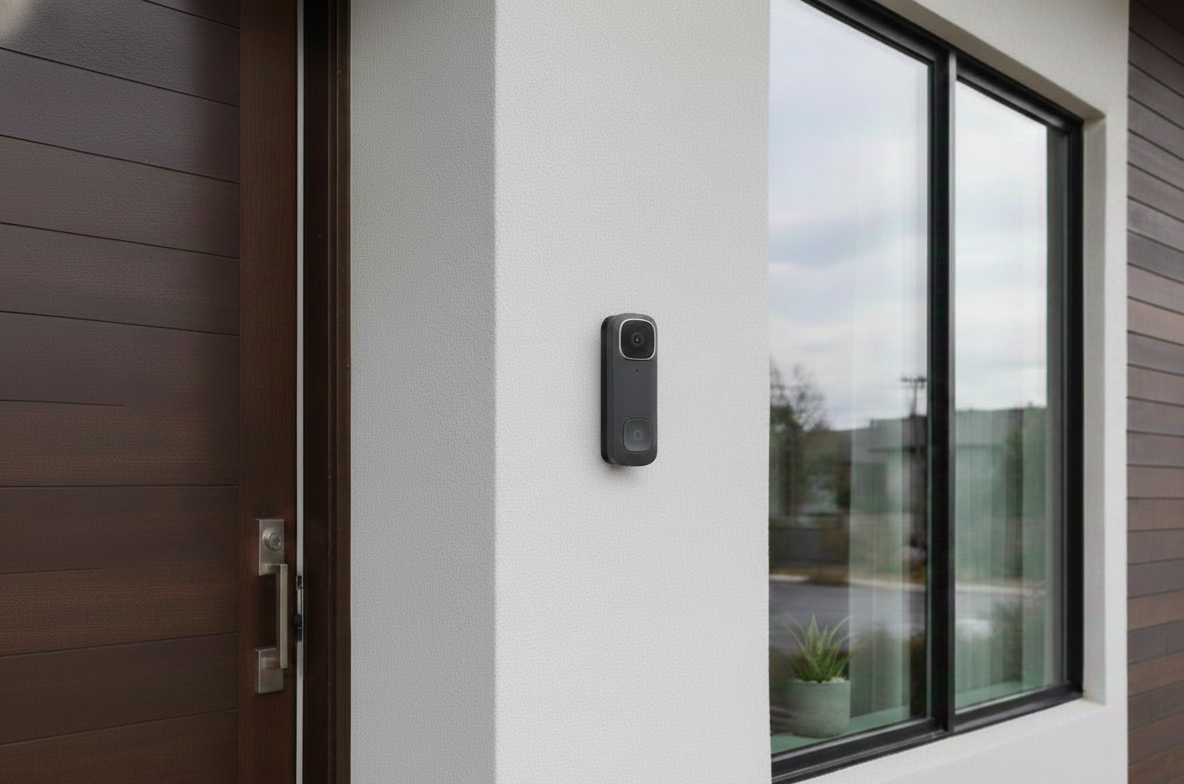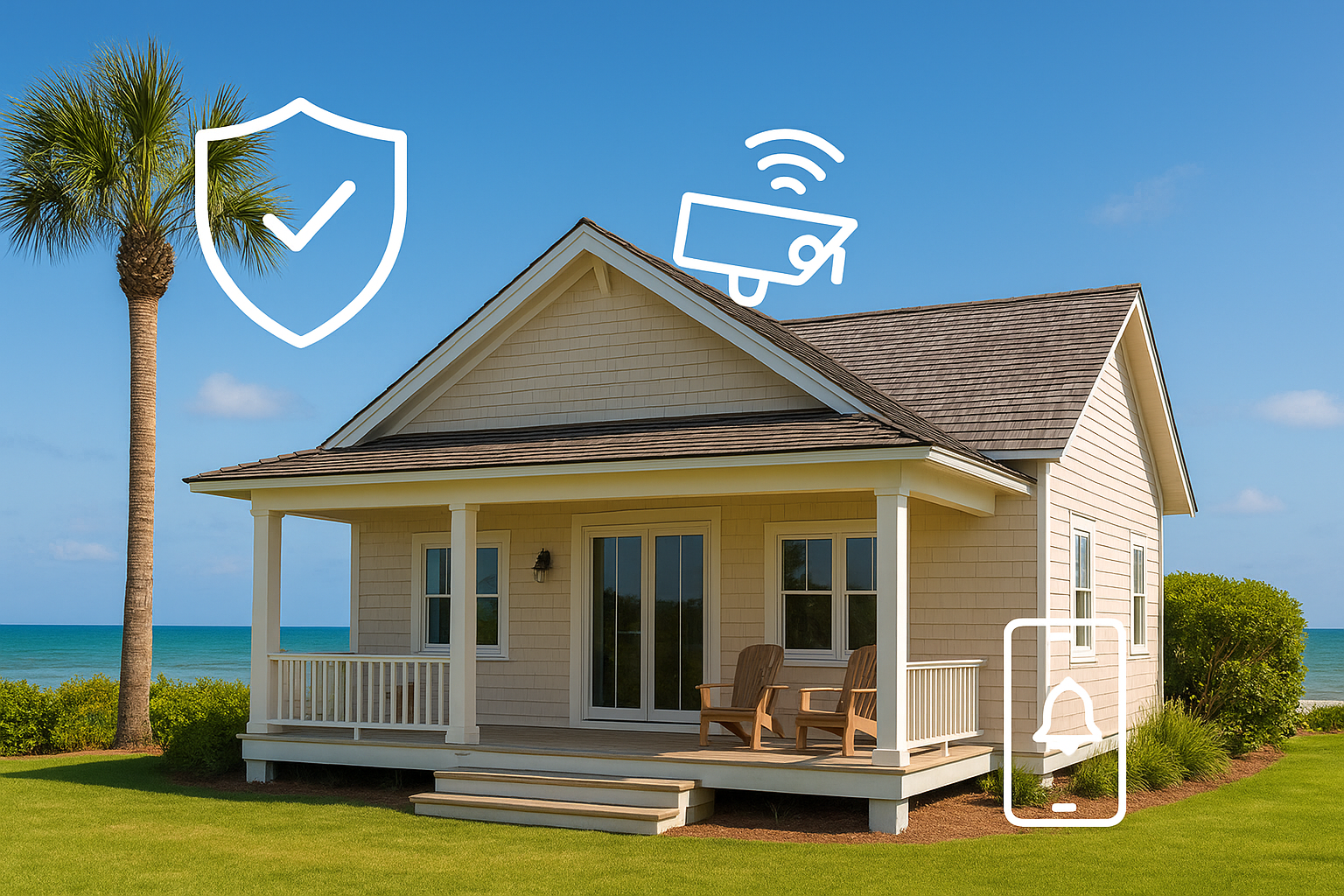Should I Buy an NVR or DVR?
You may be wondering what the difference between a DVR (digital video recorder) and an NVR (network video recorder) is. At a very basic level, they differ in how the data is processed and how the cameras are connected to the recorder. With a DVR, the cameras are connected to the recorder via coaxial cable and the data is processed at the recorder. With an NVR, the cameras are connected to the recorder by ethernet cables. In an NVR, the data is processed by the cameras and then streamed to the NVR for storage and viewing. This results in the systems requiring different types of cameras and cables. Let's take a look at some of the other key differences.
Picture Quality
Due to the cameras being connected by coaxial cable, the analog signal on a DVR will result in a lower quality image. The signal has to travel all the way to the DVR before it is processed. On the flip side, the NVR receives a pure digital signal that is processed at the cameras and transmitted to the NVR. This results in a better image quality at the same resolution. While both systems offer 4K cameras, the DVR is a few steps behind the NVR. An example of this is the fact that 4K DVR systems typically have a frame rate of 7FPS (frames per second) while our 4K NVR systems offer 30FPS. The higher the frame rate, the better the motion will appear when viewing. Most DVR systems on the market are going to be 1080P or 2K, while NVR systems are trending towards 4K and higher. Images with a higher resolution will appear more crisp and clean. Though both systems work well, NVR systems are becoming more cutting edge and technology is headed in their direction.
Installation
NVRs have proven to be easier to install than DVRs. This is due to several factors, the cable being the most important. An analog camera for a DVR requires the coax cable to the DVR, as well as a separate power cable to power the camera itself. The cameras for an NVR are all PoE (power over ethernet). This means that only an ethernet cord is required to power the camera and transmit data. In addition, an ethernet cable is smaller in diameter and more flexible than the coax cables. This makes running wire easier and you don’t have to drill as big of holes. Another benefit is that analog cameras need to be plugged directly into the back of the DVR. The IP cameras on the NVR just need to be on the same network as the NVR (into a PoE switch). This gives you added flexibility in where to locate your cameras and NVR . Furthermore, many new homes being built are pre-wired with ethernet cabling. This will make installation of an IP surveillance system even easier, as much of the cables have already been run.
Features and Processing Power
Another major benefit of using an NVR over a DVR is that the IP cameras are loaded with helpful surveillance features that analog cameras will never have. Both systems are able to perform motion detection, but NVRs take it a few steps further with IVS (intelligent video surveillance) features. This is because IP cameras are essentially small computers themselves, whereas all the processing in an analog system is done at the DVR. This gives an NVR system much more processing power than a DVR. IVS features are more useful than just motion detection because they are far more precise. Some of the most popular IVS features are tripwires, auto-tracking, and missing and abandoned objects. Tripwires allow the user to receive push notifications if there is movement across a line that the user has set up within the image. They can also adjust for the size of the object. This helps the user be very specific and avoid false notifications. For example, instead of being notified every time that something in the backyard moves, you can be notified only when someone opens the gate. Auto-tracking with a PTZ camera allows the user to lock onto and track an object as it moves within the camera's field of view. The missing and abandoned object features allow the user to be notified if a specific item has been moved, or if something new has been left in the field of view. As technology advances NVR systems and cameras will be able to perform at higher and higher levels, while the technology for DVR system is not expected to grow much more from its current levels. The table below shows a quick summary of the key points in this article.
| NVR | DVR | |
Cameras |
IP Cameras |
Analog/Coax Cameras
|
Typical Image Resolution |
2K-4K |
1080P-2K |
Frame Rate @ High Resolution |
30FPS |
7FPS |
Install/System Setup |
Easier |
More Difficult |
Cables |
Ethernet |
Coax and Power |
IVS Features |
All |
Only Motion Detect |
Camera Connection |
Anywhere on same network |
Directly to DVR |

